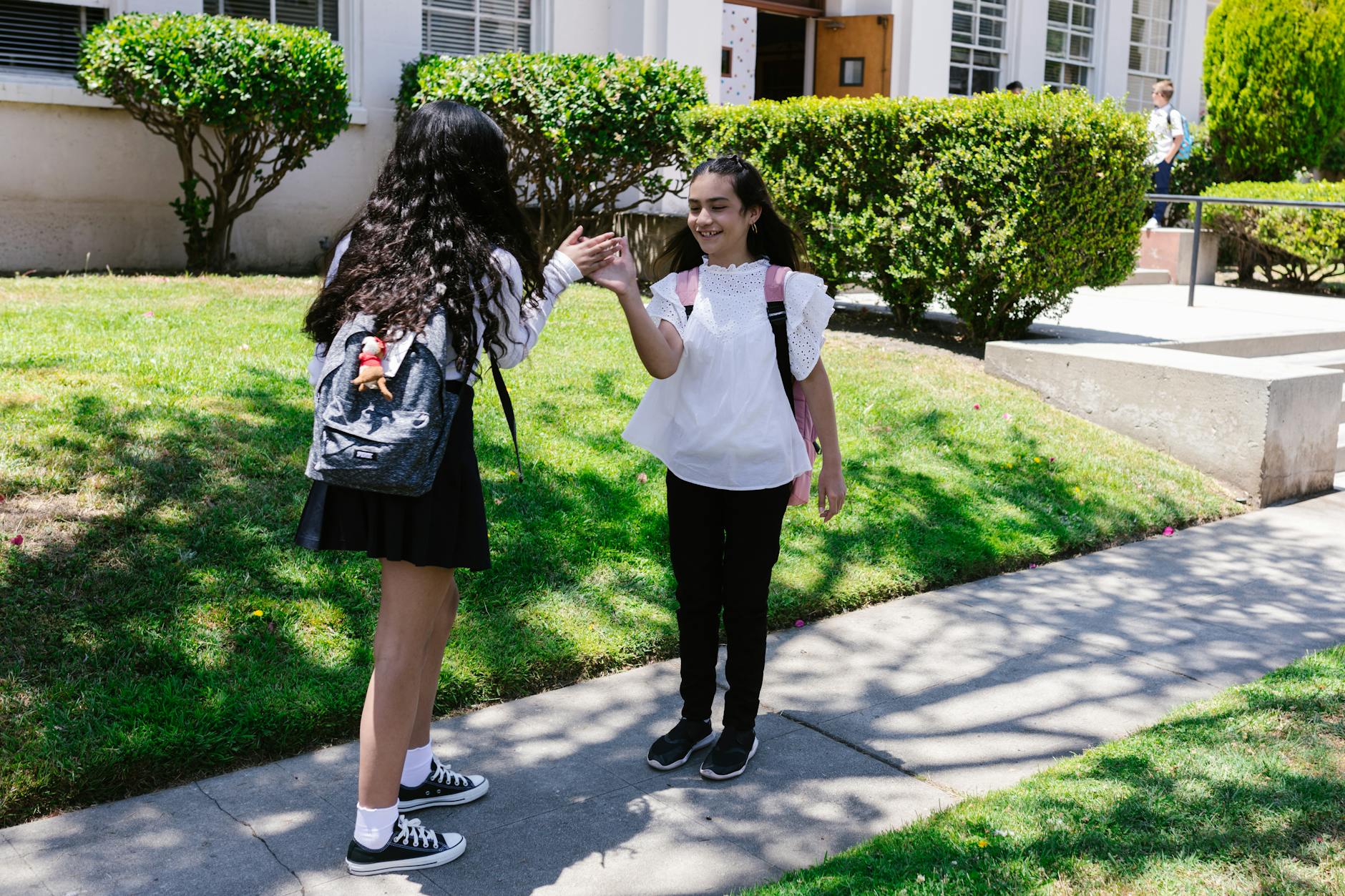Ultimate Guide: Dog Toilet Training 101

Bringing a new dog into your home is an exciting experience, but it also comes with its own set of challenges. One of the primary concerns for any dog owner is toilet training. Proper toilet training is crucial for a clean environment and a harmonious relationship between you and your pet. In this guide, we'll cover effective methods and step-by-step techniques to toilet train your dog with ease, ensuring a delighted and well-trained furry companion.
Understanding a Dog's Natural Instincts
Before embarking on the toilet training journey, it's essential to comprehend your dog's natural instincts. Dogs prefer to keep their living space clean and typically choose to stay away from where they eat and sleep. Building on these instincts is the key to successful toilet training.
Establishing a Routine
Consistency is the cornerstone of toilet training. Here's how you can establish a routine:
-
Schedule Feeding Times: Feed your dog at the same times every day and take away the food between meals.
-
Frequent Breaks: Offer your dog regular bathroom breaks, especially after meals, naps, and play sessions.
-
Designate a Toilet Area: Choose a specific spot for your dog to do their business. Escort them there on a leash until they learn where to go.
Using Positive Reinforcement
Positive reinforcement can significantly accelerate the toilet training process:
-
Reward Good Behavior: Praise or treat your dog immediately after they eliminate in the correct place.
-
Remain Patient and Consistent: Dogs respond better to encouragement than punishment. Avoid scolding after accidents, as this may cause fear and confusion.
Crate Training
Crate training can be an effective tool for toilet training:
-
Choose the Right Size Crate: Ensure the crate is large enough for your dog to stand, turn around, and lie down, but not so big that they can eliminate in one corner and sleep in another.
-
Use the Crate Wisely: Crates should never be used for punishment. Instead, use them to prevent accidents when you can't supervise your dog and during the night.
Signs Your Dog Needs to Go
Being able to identify when your dog needs to eliminate will prevent accidents. Common signs include:
- Circling
- Sniffing
- Barking or Scratching at the Door
- Restlessness
When you notice these signs, promptly take your dog to their designated toilet area.
Handling Accidents
Accidents happen, and here's how to deal with them:
-
Clean Thoroughly: Use an enzymatic cleaner to remove odors that might attract your dog back to the same spot.
-
Do Not Punish: Punishing your dog after an accident can lead to fear and anxiety, which may worsen the problem.
Monitoring Progress
Keep track of your dog's successes and setbacks:
-
Maintain a Log: Note down the times of successful elimination and accidents to understand your dog's patterns and needs.
-
Adjust the Routine as Needed: As your dog becomes more consistent, gradually increase the time between toilet breaks.
When to Seek Help
If you encounter persistent issues, consider seeking help from a professional dog trainer or veterinarian, as there may be underlying health or behavioral concerns.
Conclusion
Toilet training requires patience, consistency, and positive reinforcement. By understanding your dog's needs and establishing a routine, you can reduce accidents and create a happy, stress-free environment for you and your pet. Remember, every dog is different, so adapt your training to suit your dog's individual learning style. Wishing you the best on this journey to a well-trained companion!